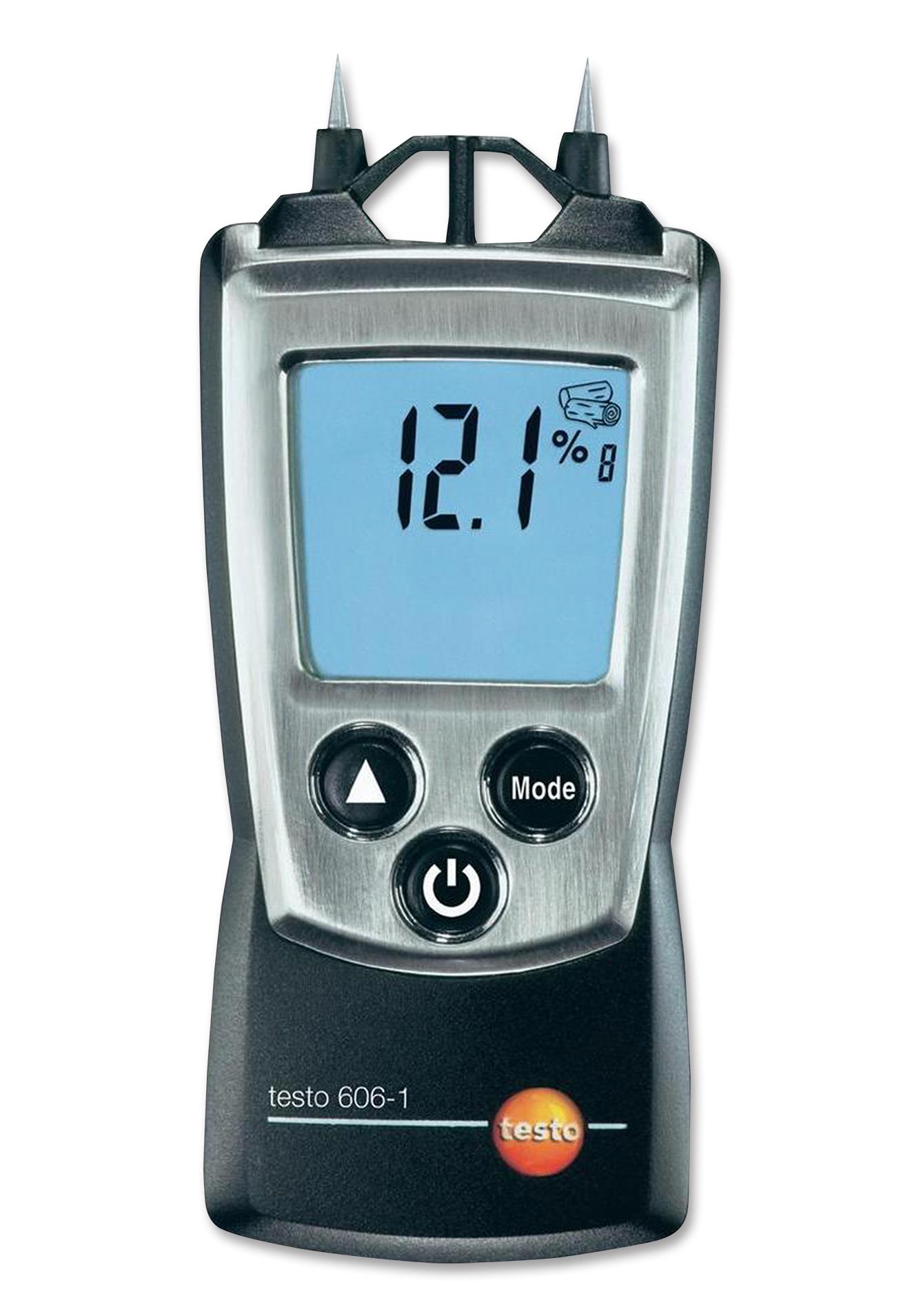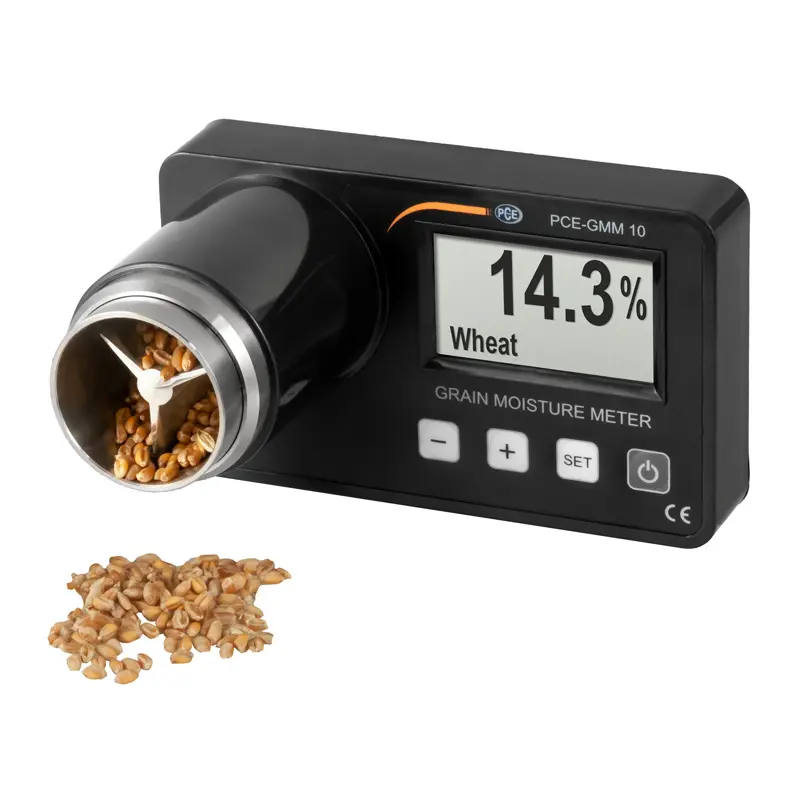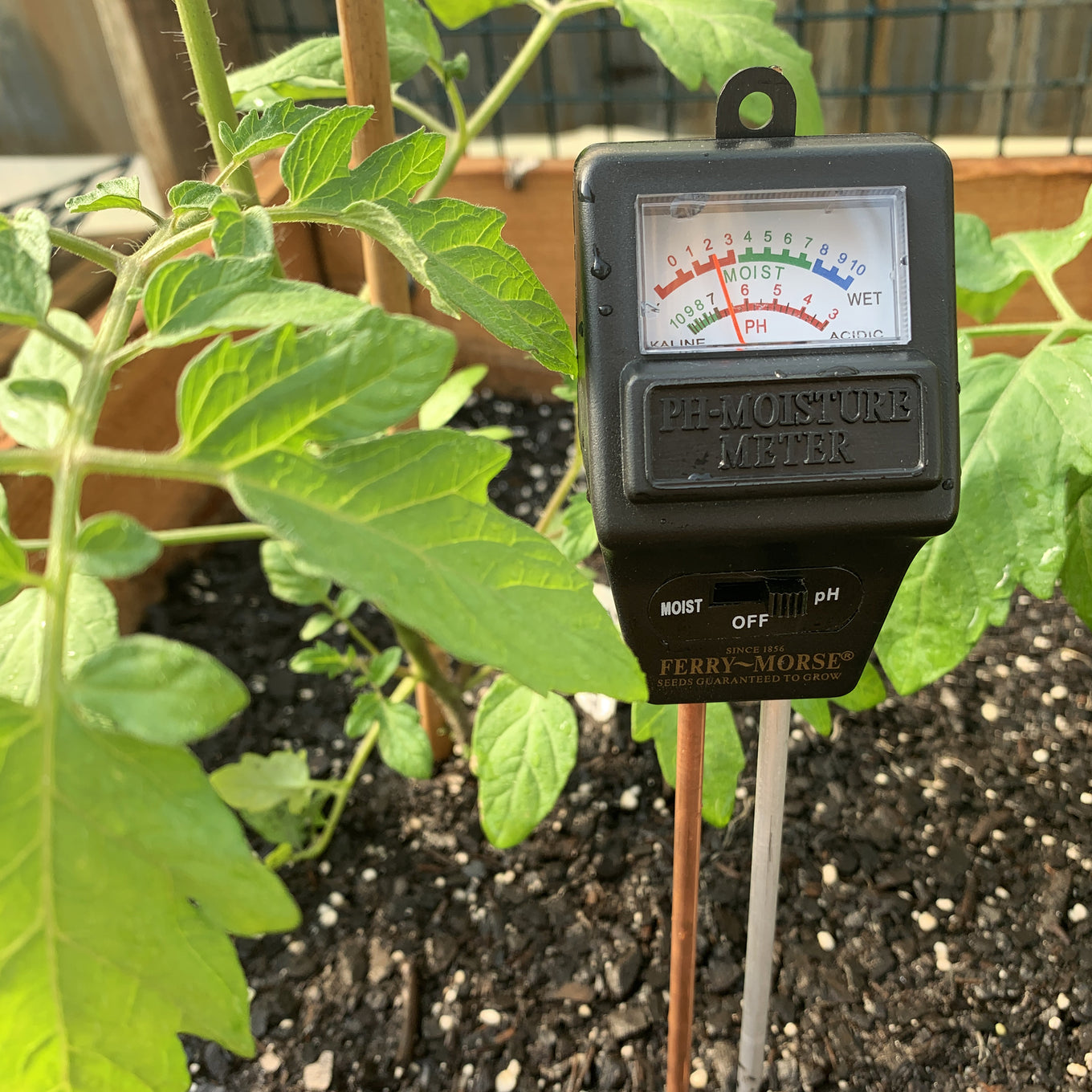The Ultimate Guide to Moisture Meters: A Comprehensive Introduction and Exactly How They Can Save You Cash
In the realm of building maintenance, building, and different industries, the significance of accurately measuring dampness degrees can not be overstated. Moisture meters work as vital devices in discovering and keeping track of moisture content in materials, helping in avoiding pricey problems and guaranteeing the quality of items. Recognizing the subtleties of different kinds of wetness meters, their applications, and the potential cost-saving advantages they supply can be a game-changer for specialists and services alike. Discovering just how these gadgets can not only simplify processes but likewise contribute to economic savings is a trip worth beginning on.
Kinds Of Moisture Meters
Different types of dampness meters are offered for various applications in different sectors. One common kind is the pin-type moisture meter, which gauges the electrical resistance in between two pins placed right into a material. This kind is suitable for timber, drywall, and other building products. Pinless moisture meters, on the various other hand, use electromagnetic sensing unit plates to scan a larger location without causing damages to the product's surface. These meters are suitable for quickly examining moisture levels in huge locations such as wall surfaces and floors.
Infrared moisture meters measure the thermal homes of a material to determine its moisture web content non-invasively, making them valuable for applications where pin or pinless meters may not be suitable. Recognizing the various types of moisture meters readily available can help industries pick the most ideal tool for their particular wetness dimension requirements.

Advantages of Using Moisture Meters

Furthermore, utilizing wetness meters can lead to enhanced power performance. By recognizing areas with high moisture degrees, such as leakages or inadequate insulation, adjustments can be made to enhance energy preservation and lower energy costs. In agricultural settings, wetness meters play a critical duty in optimizing crop yields by allowing farmers to keep an eye on dirt dampness degrees and make educated irrigation choices. Overall, the benefits of making use of dampness meters extend throughout various industries, offering affordable options and promoting better high quality control methods.
How to Pick the Right Moisture Meter
Picking the suitable moisture meter entails taking into consideration key elements such as product compatibility, dimension variety, and calibration accuracy. When picking a moisture meter, it's important to ensure that the meter is ideal for the certain material you will certainly be testing. Various products have varying electric properties that can influence wetness analyses, so choosing a meter developed for your material is vital for accurate outcomes. Additionally, take into consideration the dimension series of the moisture meter. Make sure that the meter can spot dampness levels within the array required for your applications. Our site Calibration precision is one more essential aspect to maintain in mind (Moisture Meter). Select a dampness meter with dependable calibration to guarantee specific and consistent analyses. Some meters might require routine calibration adjustments, so recognizing the calibration process is very important. By meticulously assessing these aspects, you can choose a wetness meter that fulfills your needs and offers precise dampness measurements for your jobs.
Correct Techniques for Moisture Meter Usage
To make sure exact dampness readings and make best use of the effectiveness of a wetness meter, using correct techniques is essential. When using a pin-type wetness meter, put the pins or probes right into the product being tested until they make full contact. Guarantee the pins are perpendicular to the surface to get one of the most exact analysis. For pinless wetness meters, hold the gadget level against the product and relocate slowly to cover the whole area for an average reading. It's essential useful link to calibrate the moisture meter according to the material being evaluated to improve accuracy. Take several readings across the surface and ordinary them out for a more dependable result. Additionally, guarantee that the material being tested is acclimated to the environment to prevent skewed analyses. Normal upkeep of the wetness meter, such as cleaning the pins or sensing unit, is additionally essential to make certain regular and precise analyses. By adhering to these proper methods, users can count on their dampness meter to offer trustworthy wetness levels, aiding in protecting against expensive damage or ensuring top quality in different applications.

Price Financial Savings With Moisture Meter Applications
Just how can the strategic usage of wetness meters lead to substantial cost savings across different sectors? In the farming industry, moisture meters aid in figuring out the optimum time for collecting plants, preventing over-drying or excess wetness that can affect the last item's top quality.

Moreover, in the food handling sector, moisture meters are important for keeping an eye on item top quality and ensuring conformity with safety and security regulations. By properly gauging dampness web content in food, manufacturers can protect against putridity, maintain freshness, and lower waste, causing substantial price financial savings. On the whole, the strategic application of dampness meters is a beneficial financial investment that can cause considerable cost decreases and boosted efficiency across numerous markets.
Final Thought
In final thought, dampness meters are important devices for spotting and measuring wetness degrees in various products. By making use of the right wetness meter and adhering to correct methods, customers can efficiently protect against costly damages triggered by excess dampness.
Moisture meters offer as crucial tools in finding and monitoring moisture material in products, assisting in preventing costly problems and ensuring the quality of products. Infrared wetness meters determine the thermal residential or commercial properties of a product to identify its dampness web content non-invasively, making them valuable for applications where pin or pinless meters may not be suitable.Wetness meters provide vital benefits in properly analyzing and monitoring wetness levels in diverse materials and atmospheres. In agricultural settings, moisture meters play an essential role in optimizing crop returns by making it possible for farmers to monitor dirt dampness degrees and article source make notified irrigation choices.In final thought, wetness meters are important tools for measuring and identifying dampness degrees in numerous products.